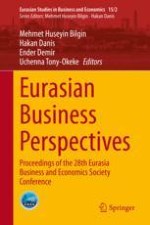2020 | OriginalPaper | Chapter
Telecommuting Versus Traditional Work Environment: Determinants of Job Satisfaction as Perceived by Individual Contributors and Supervisors
Authors : Melfi Masongsong Caranto, Rommel Pilapil Sergio, Melchor Zabala Oribiana
Published in: Eurasian Business Perspectives
Publisher: Springer International Publishing
Activate our intelligent search to find suitable subject content or patents.
Select sections of text to find matching patents with Artificial Intelligence. powered by
Select sections of text to find additional relevant content using AI-assisted search. powered by
